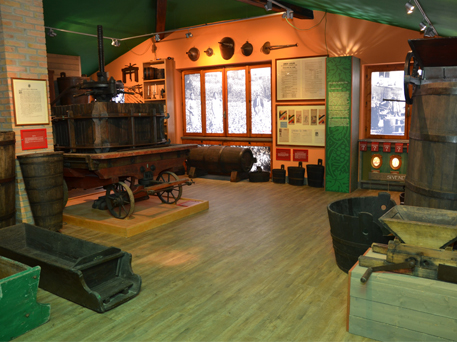
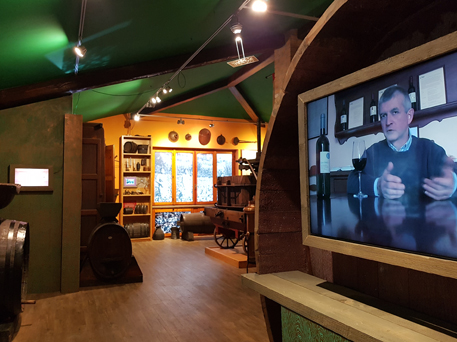
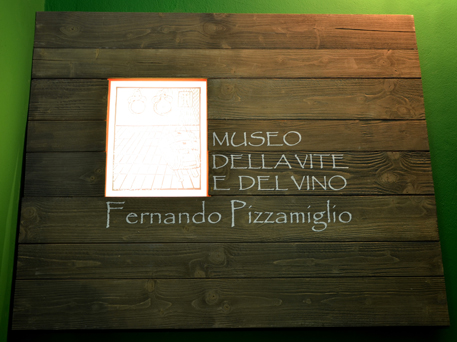
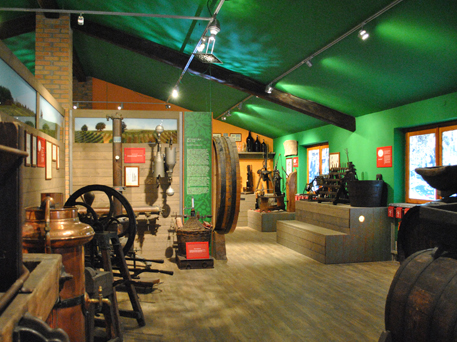
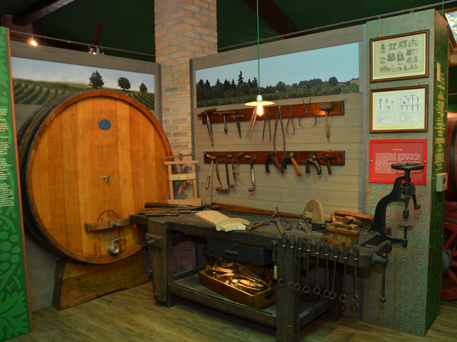
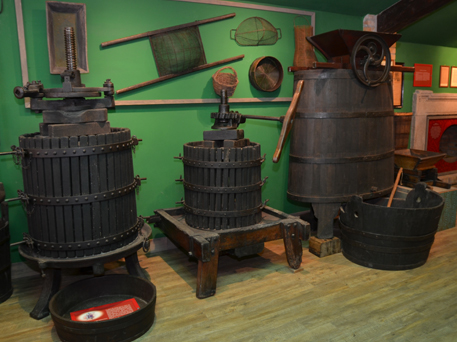
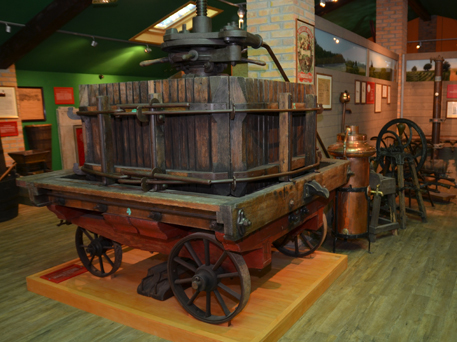
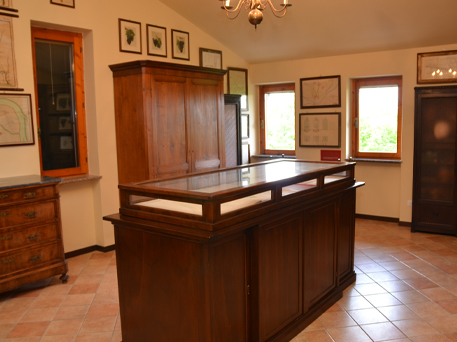
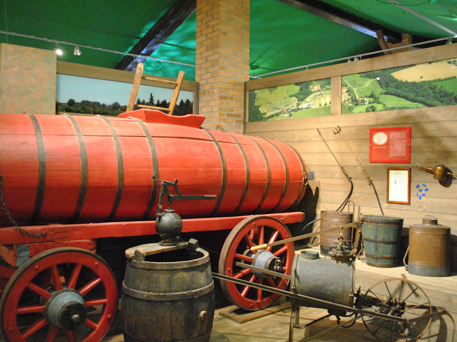
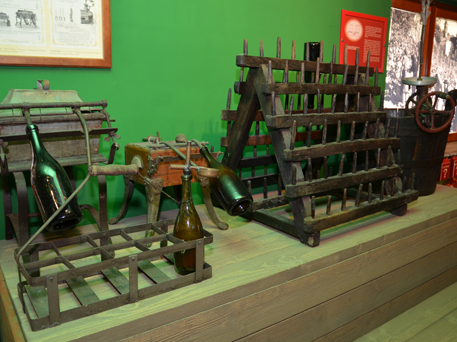
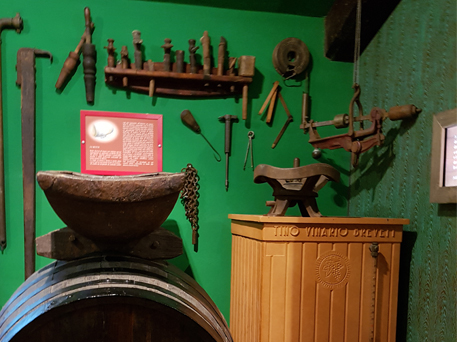
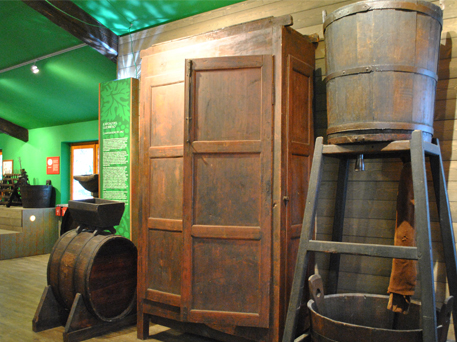
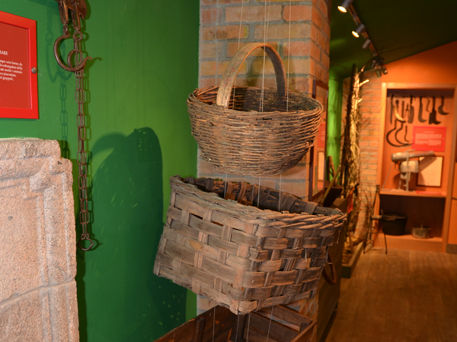
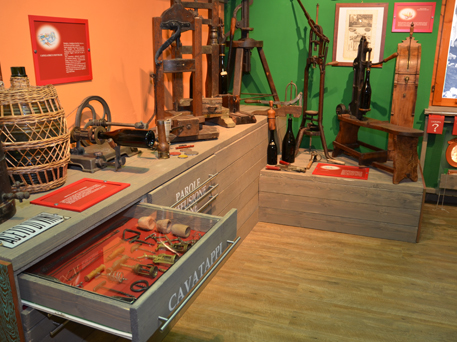
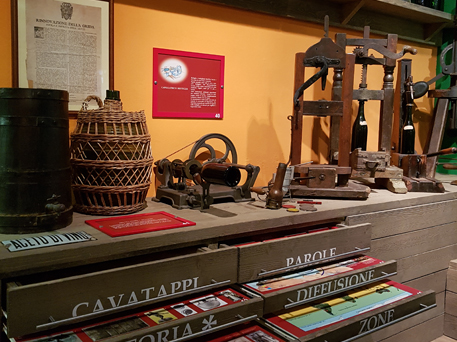
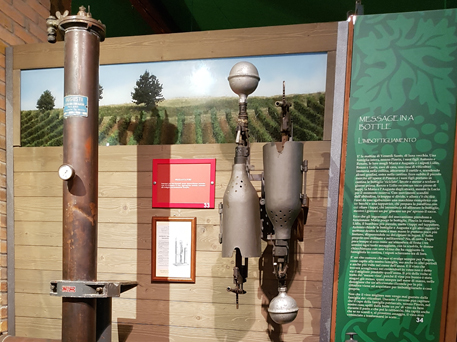
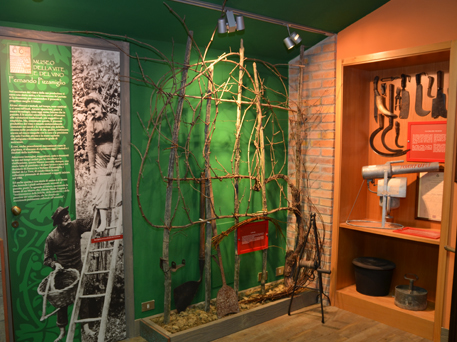
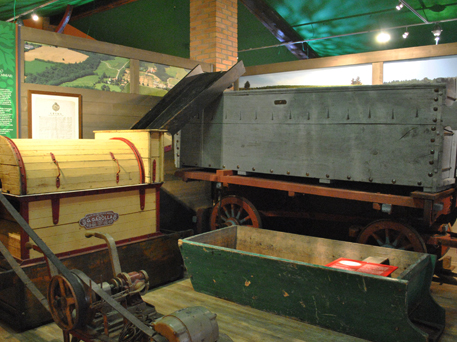
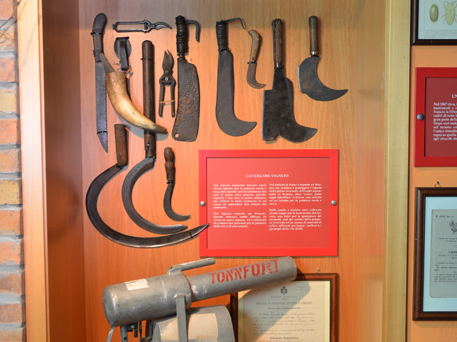
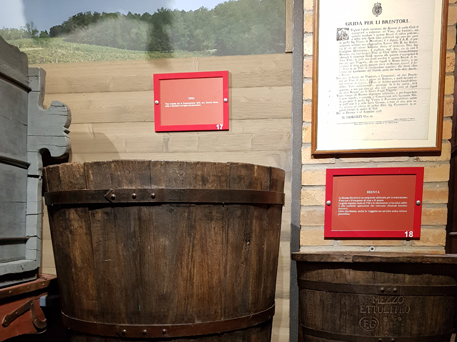
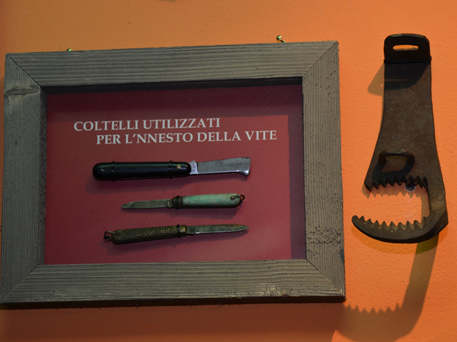
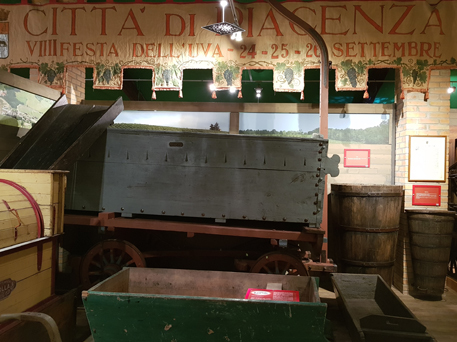
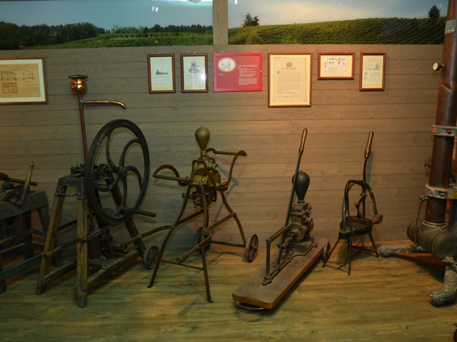
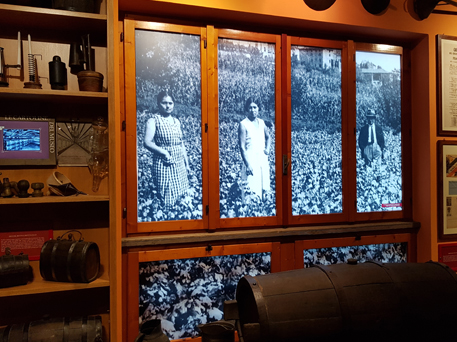
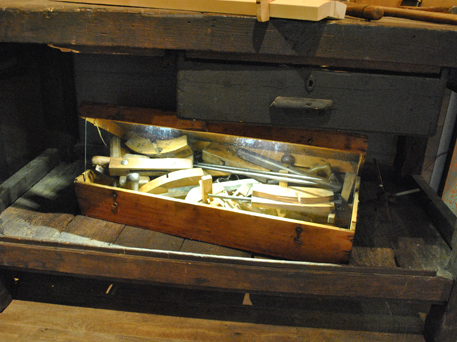
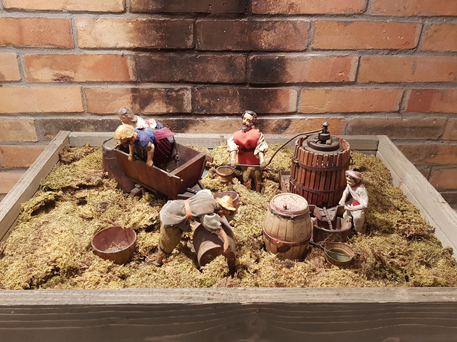
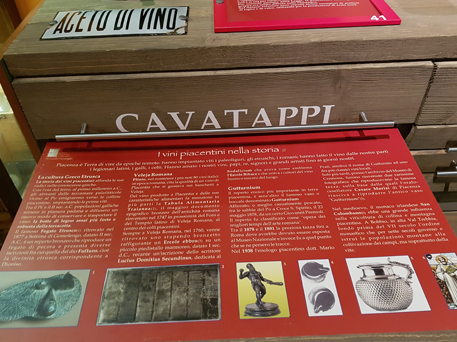
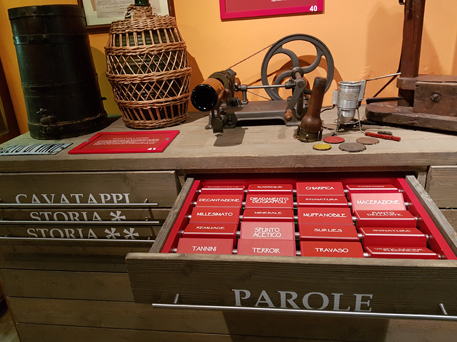
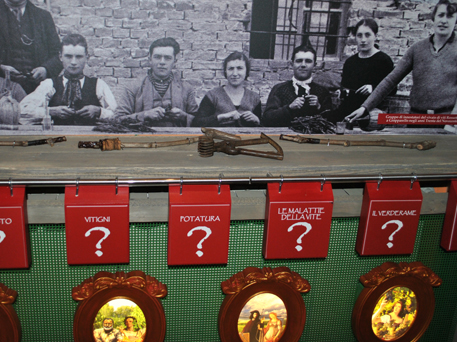
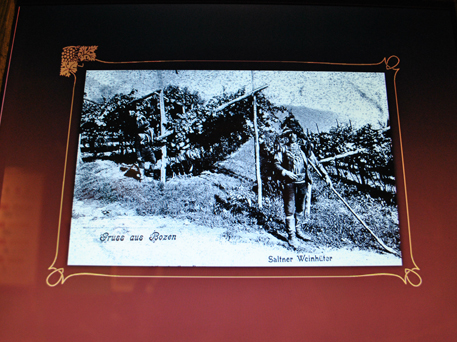
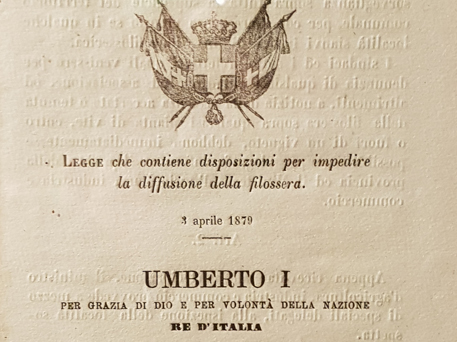
Museum
Dedicating ourselves to a wine museum, one of only two on this theme in the whole of Emilia-Romagna, for us means satisfying a great passion, preserving the memory of a vanished world and spreading its knowledge, drawing from the past information, experiences, and insights useful for understanding and living the present better. To honor the sense of the past, we named it after our father, Fernando Pizzamiglio.
In 1988, we began collecting objects, now more than four hundred, some very rare, almost all used in Emilia and dating back to a period between the early nineteenth century and the early twentieth century. In 2015, we inaugurated the current layout, the strength of our museum: interactive and informative, lively, original, and warm, curated by architect Massimo Simini, who has made museum and exhibition design his specialization and his stylistic signature is theatrical and playful touches.
Five sections introduced by a descriptive text narrate the various phases of the birth of wine, from vineyard planting to bottling and consumption; specific captions, drawings, descriptive tables, three photo frames, ancient documents, posters, and prints lead along this journey through wine as it was conceived in the second half of the nineteenth century and at the beginning of the twentieth century. All enriched by a section dedicated to children with a very playful tone scattered throughout the museum, by a musical background consisting of popular songs about wine curated by the ancient folk music group Enerbia, and by video interviews on various wine-related topics.
The museum is open for visits from Monday to Friday from 8 am to 12 pm and from 2 pm to 6 pm, Saturday and Sunday from 9:30 am to 12 pm and from 3:30 pm to 6 pm. Guided tours are available by appointment only.

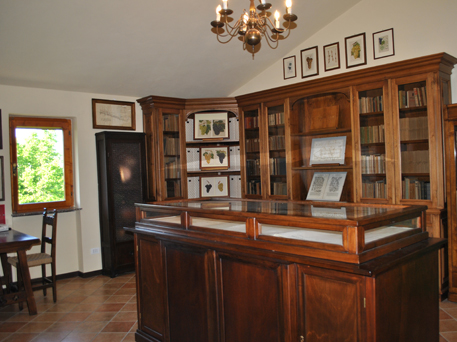
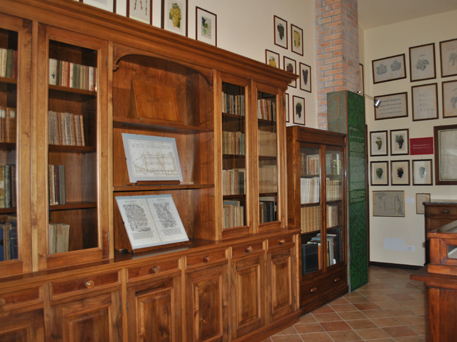
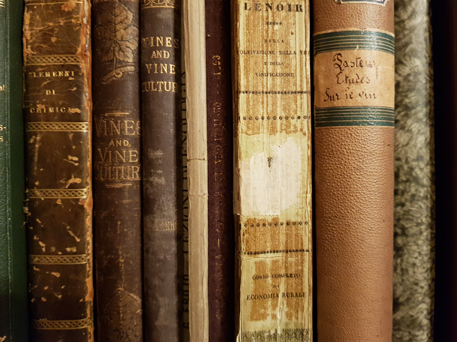
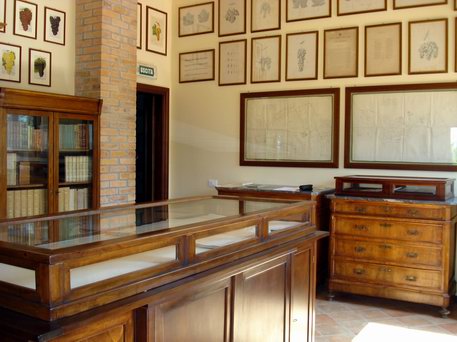
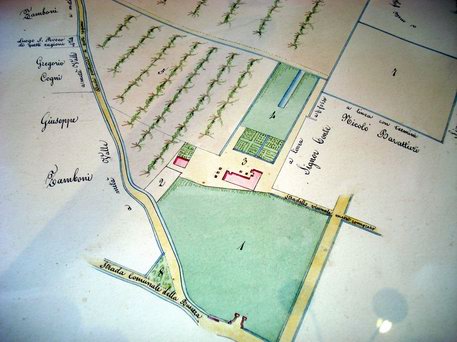
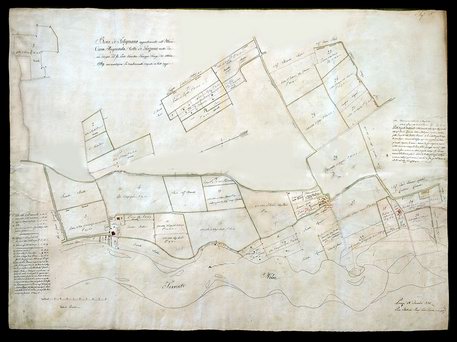
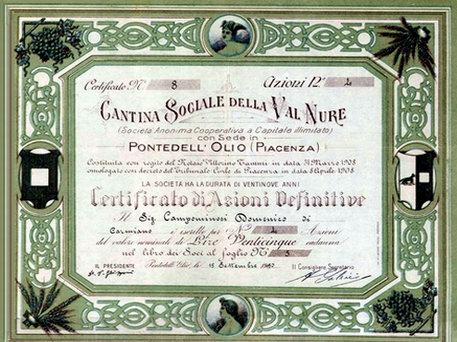
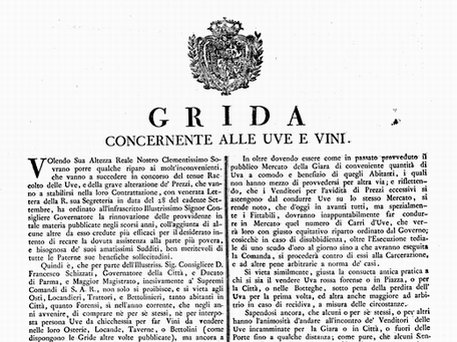
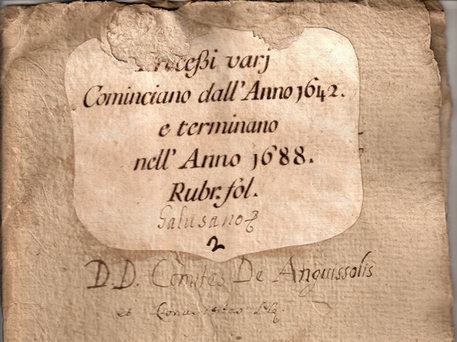
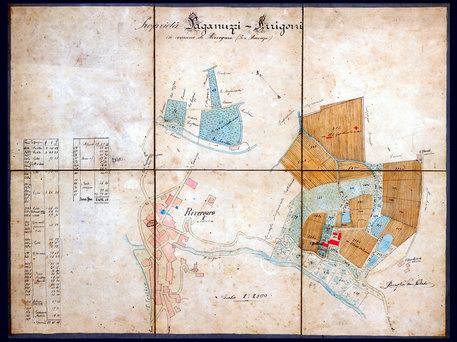
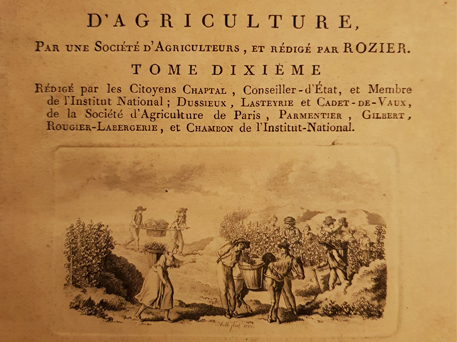
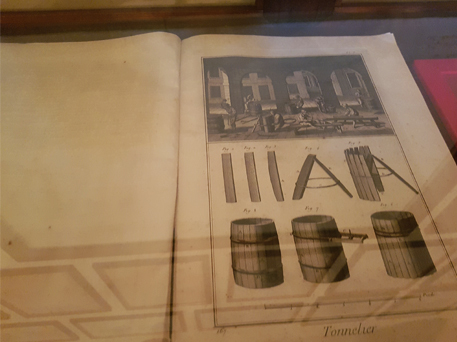
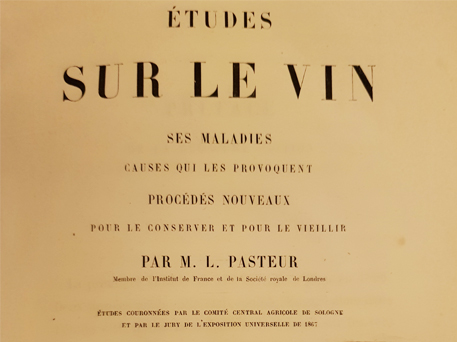
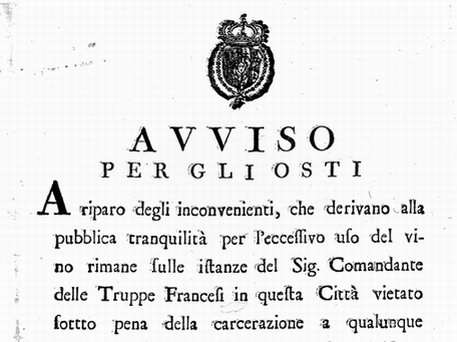
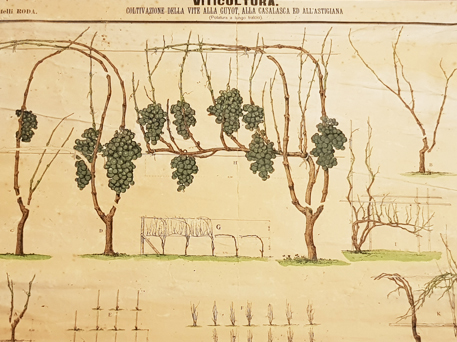
 Campaign financed according to EC REG. N. 1234/07
Campaign financed according to EC REG. N. 1234/07